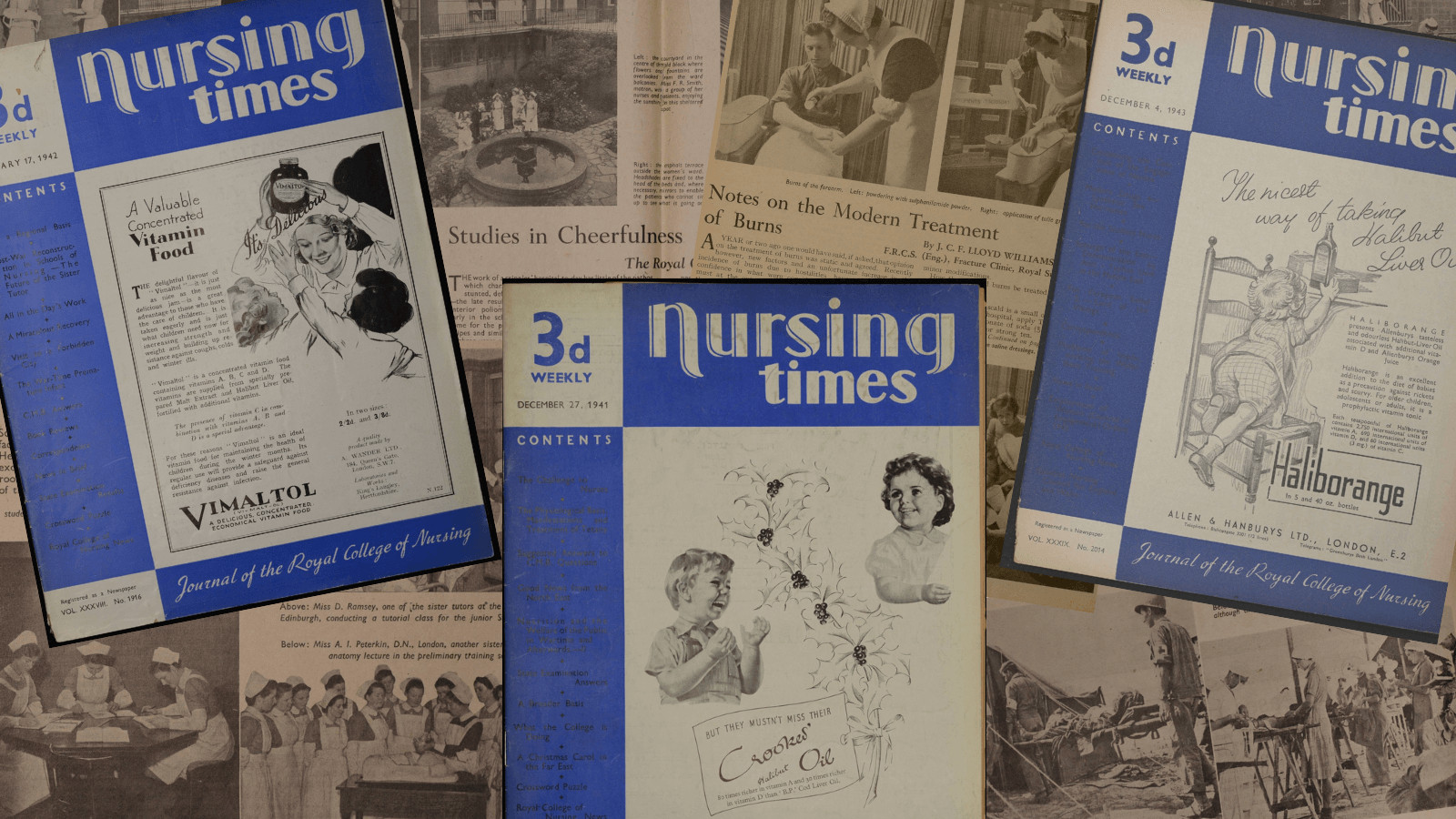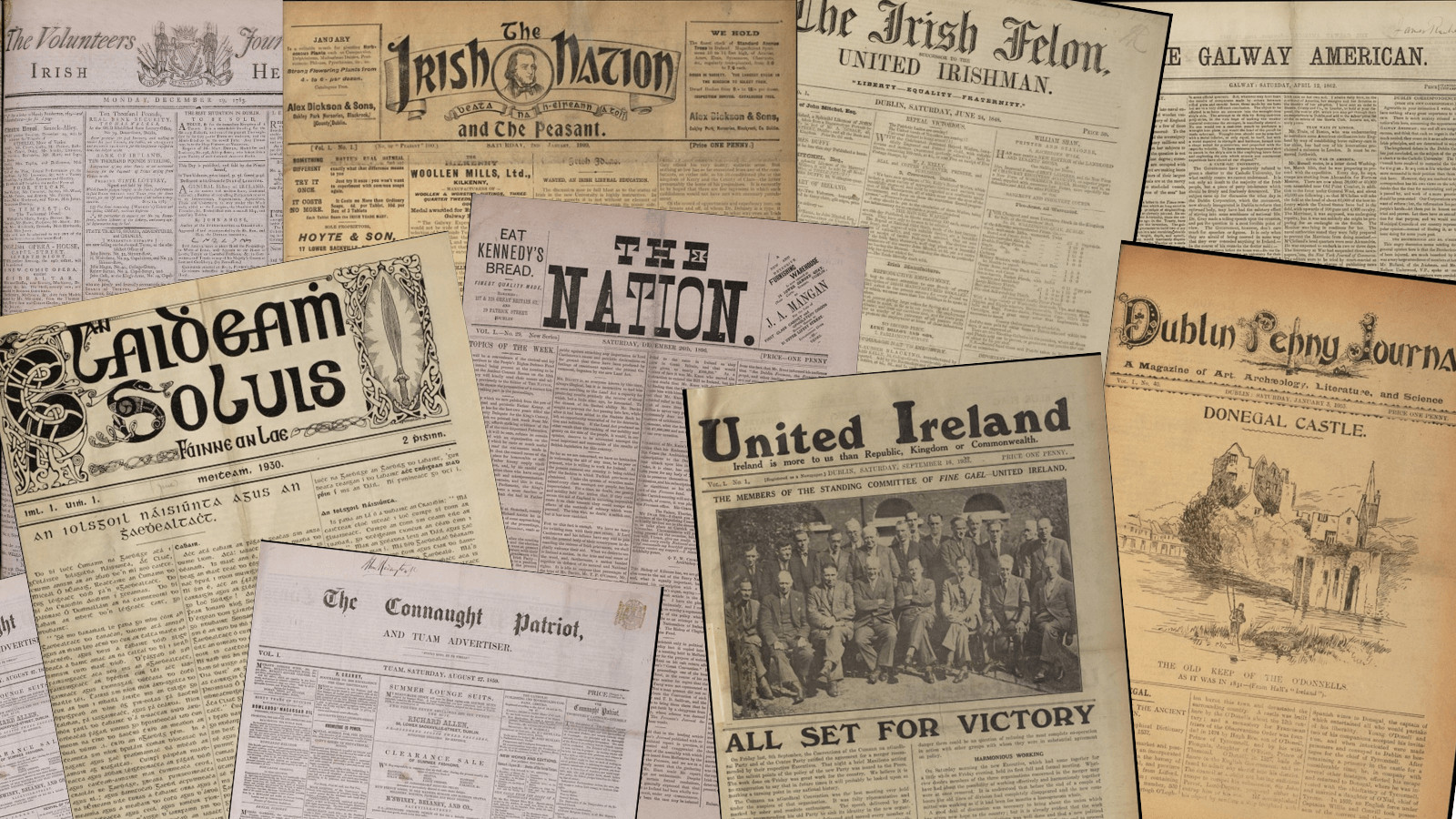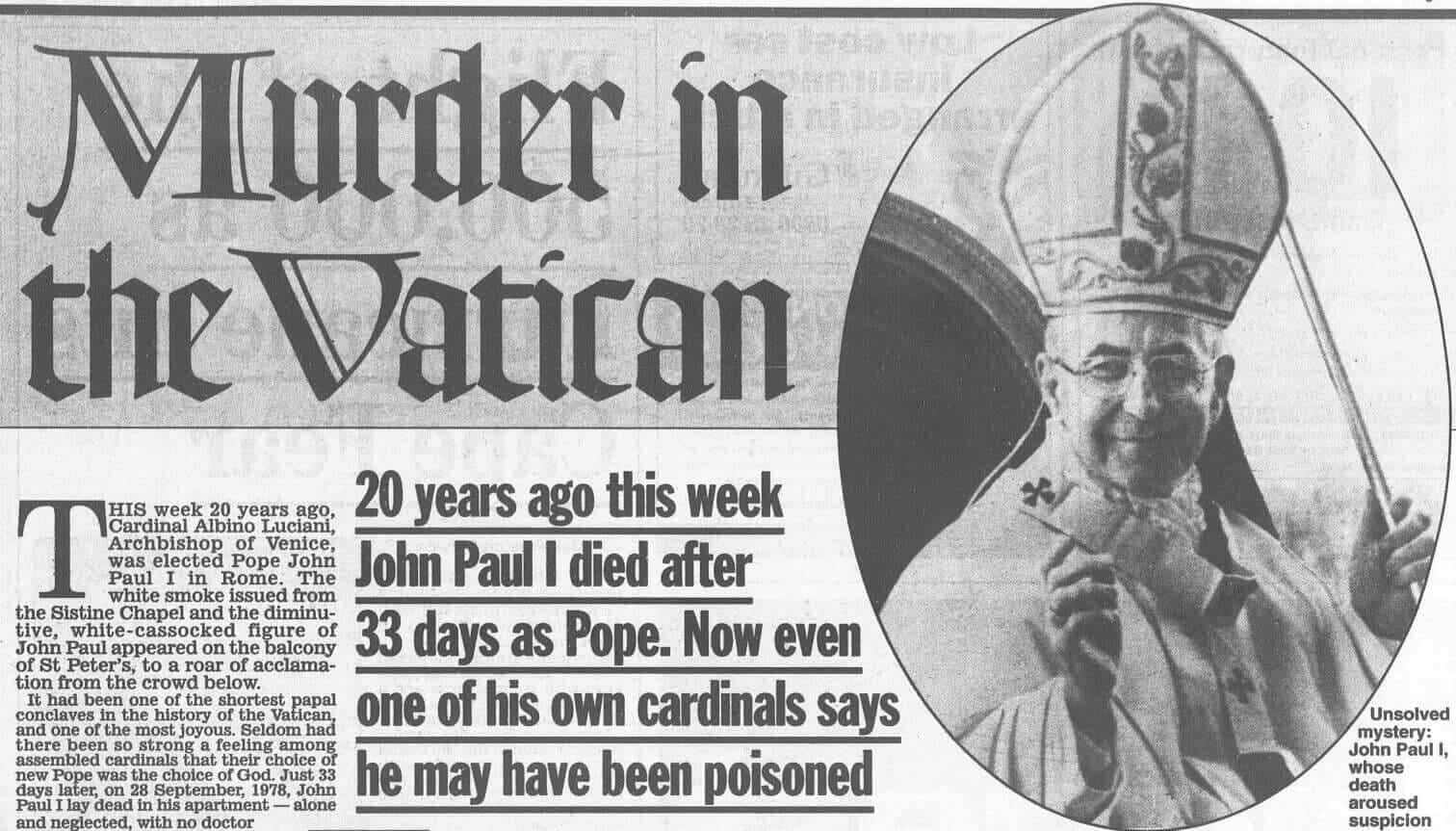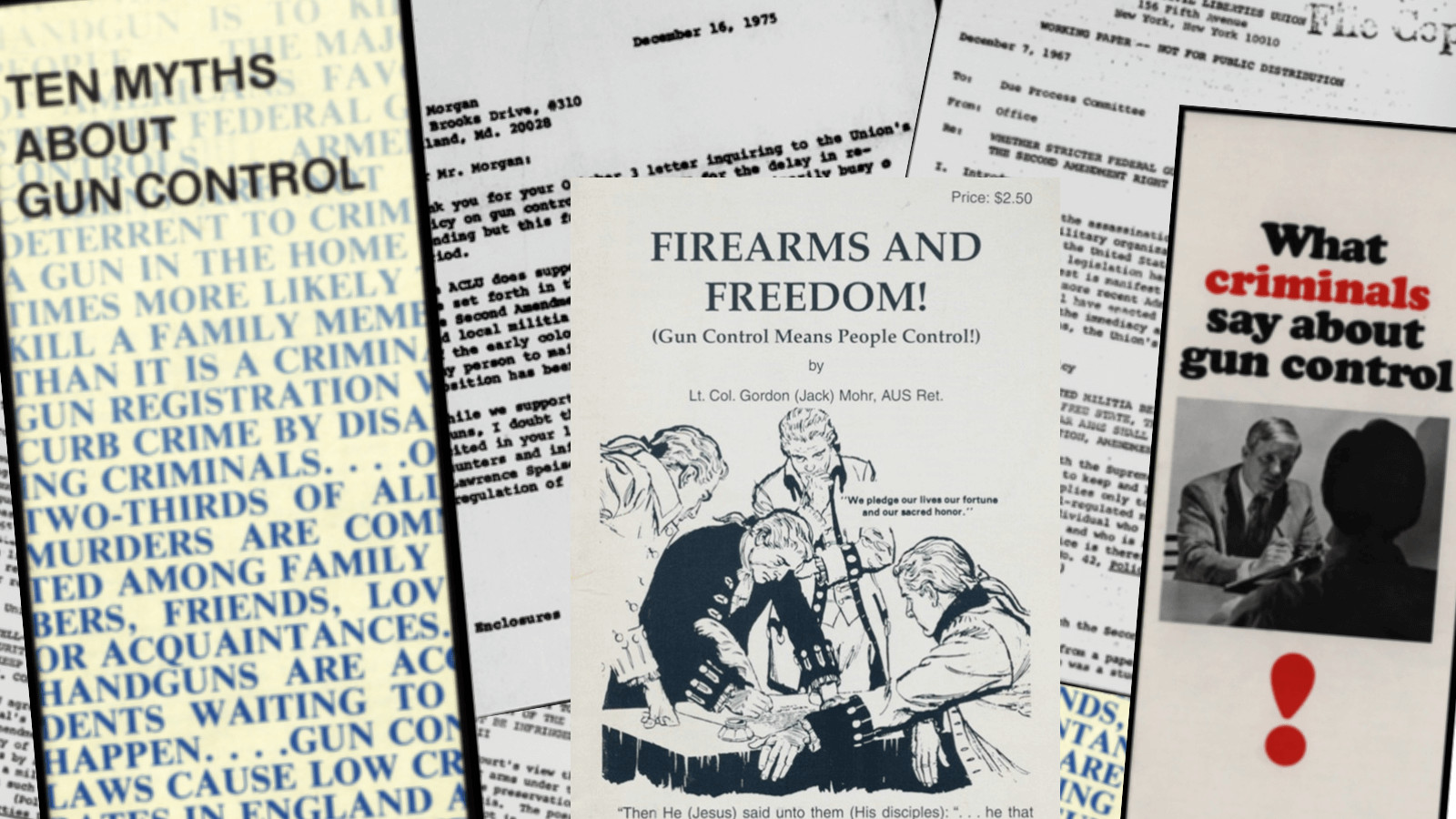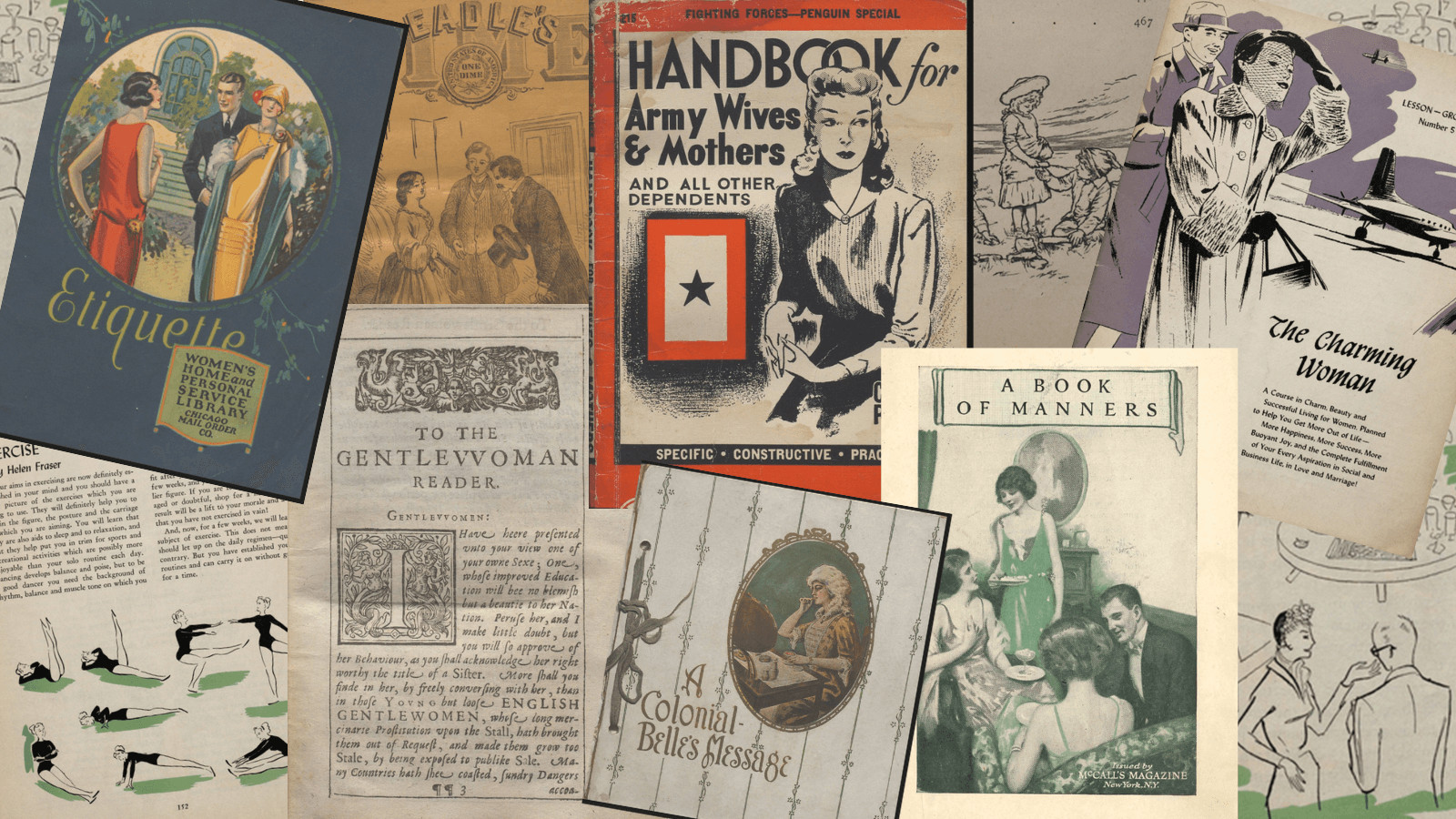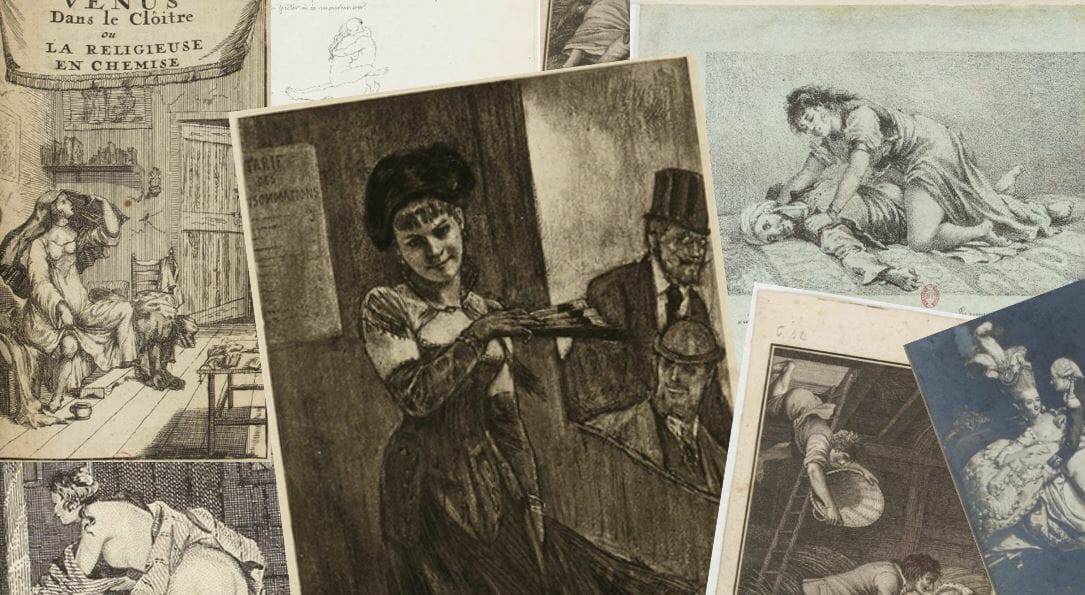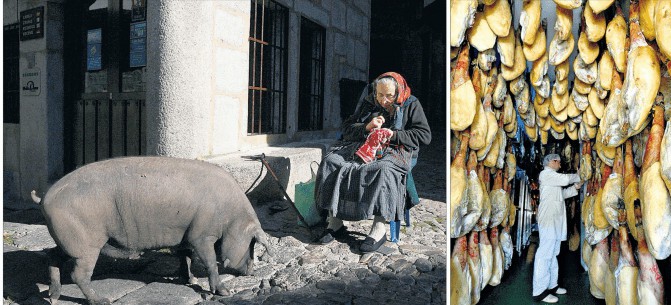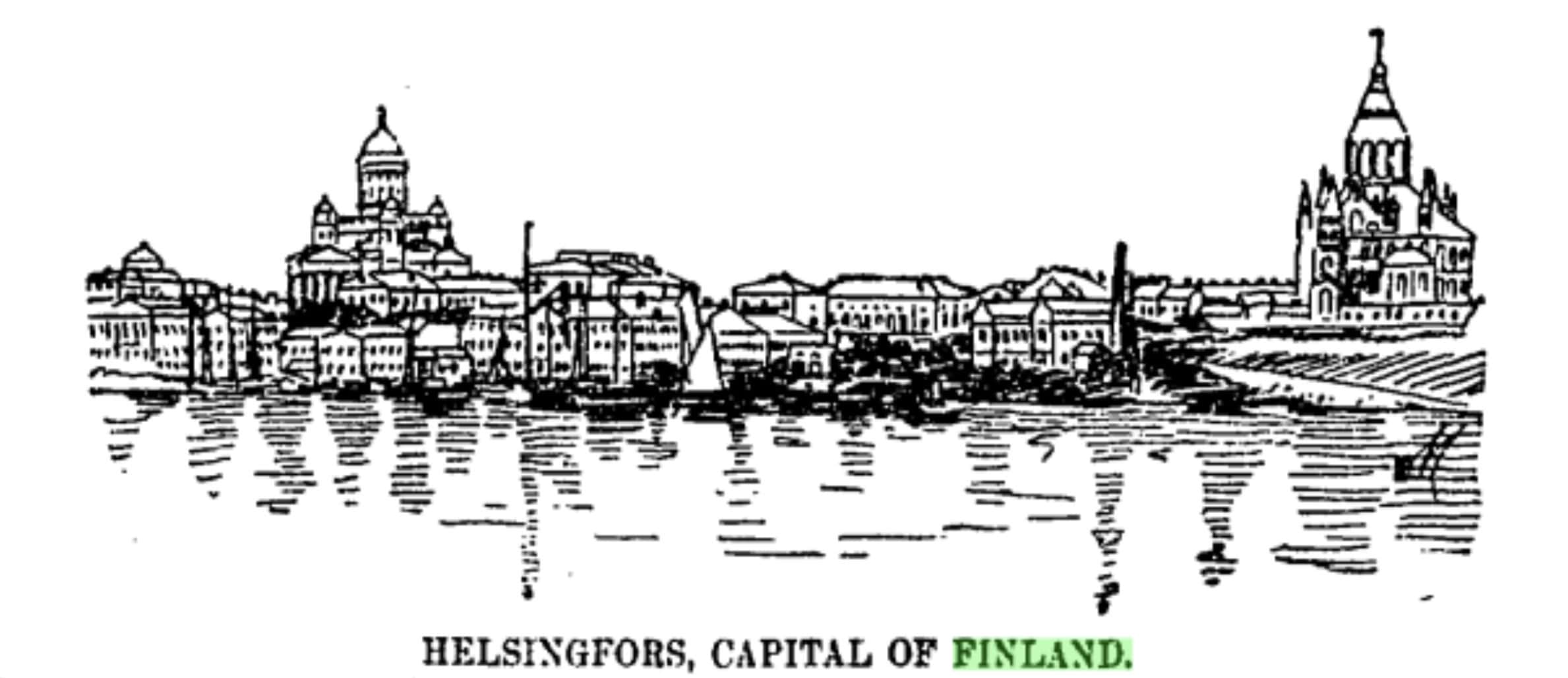|Dr Jane Brooks, Senior Lecturer at the University of Manchester (UK)|
The digitisation of Historic Nursing Journals by Gale has created a dynamic and valuable resource for historians of nursing in the UK and beyond. I have been working in the field of nursing history for over twenty years. In 2010, I began researching nursing in the Second World War. I predominantly work with personal testimony such as oral history, letters and diaries. However, as well as these source materials usually located in public archives, I have used multiple types of entries in nursing journals, most frequently Nursing Times. I live in Yorkshire, the Royal College of Nursing headquarters library is in London and the archives are in Edinburgh, so every time I wanted to conduct any research using Nursing Times I had to travel to review the hard copies. If I needed to check a reference, I again had to make a journey or request one of the very busy archive staff check for me.

